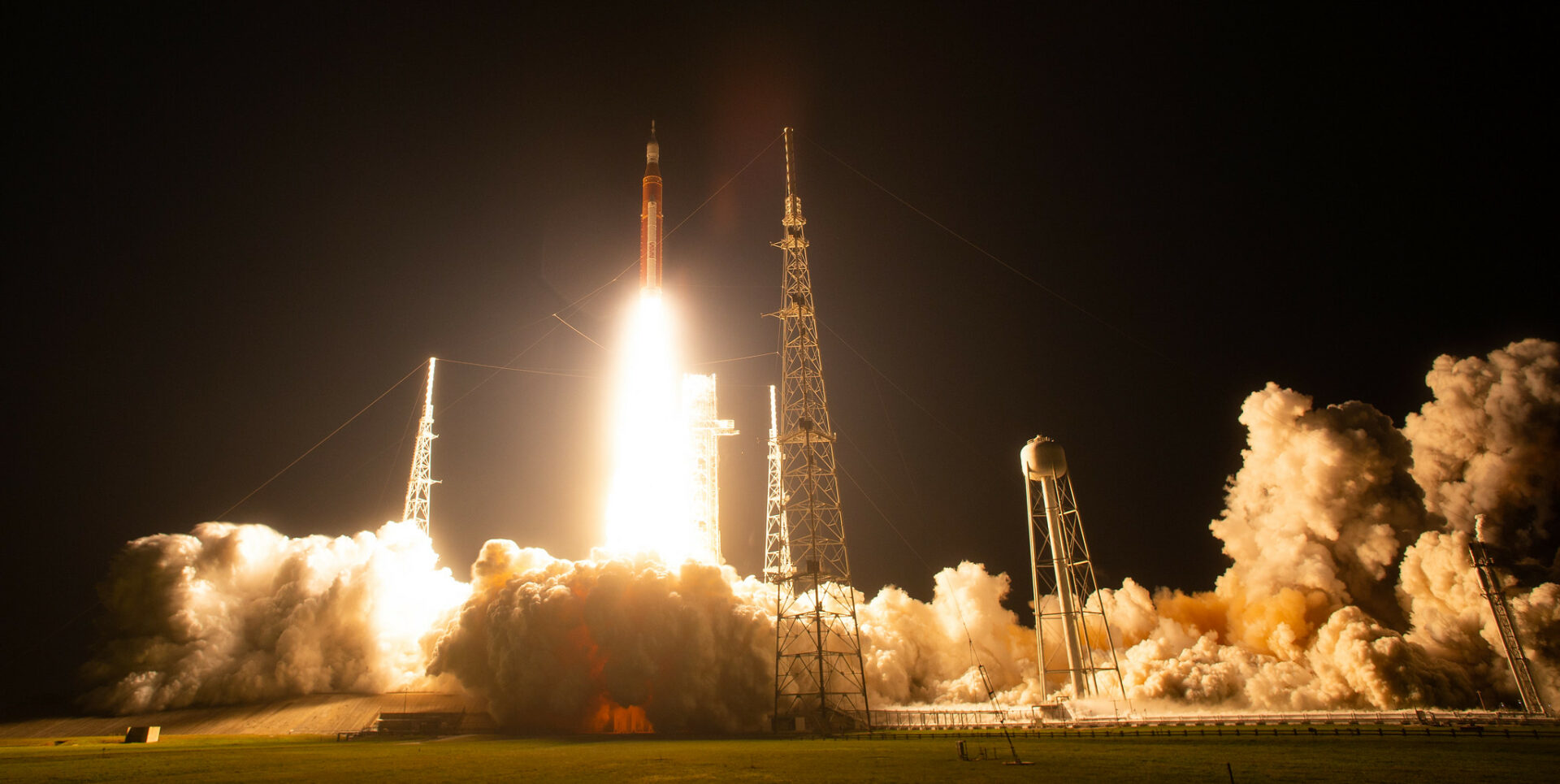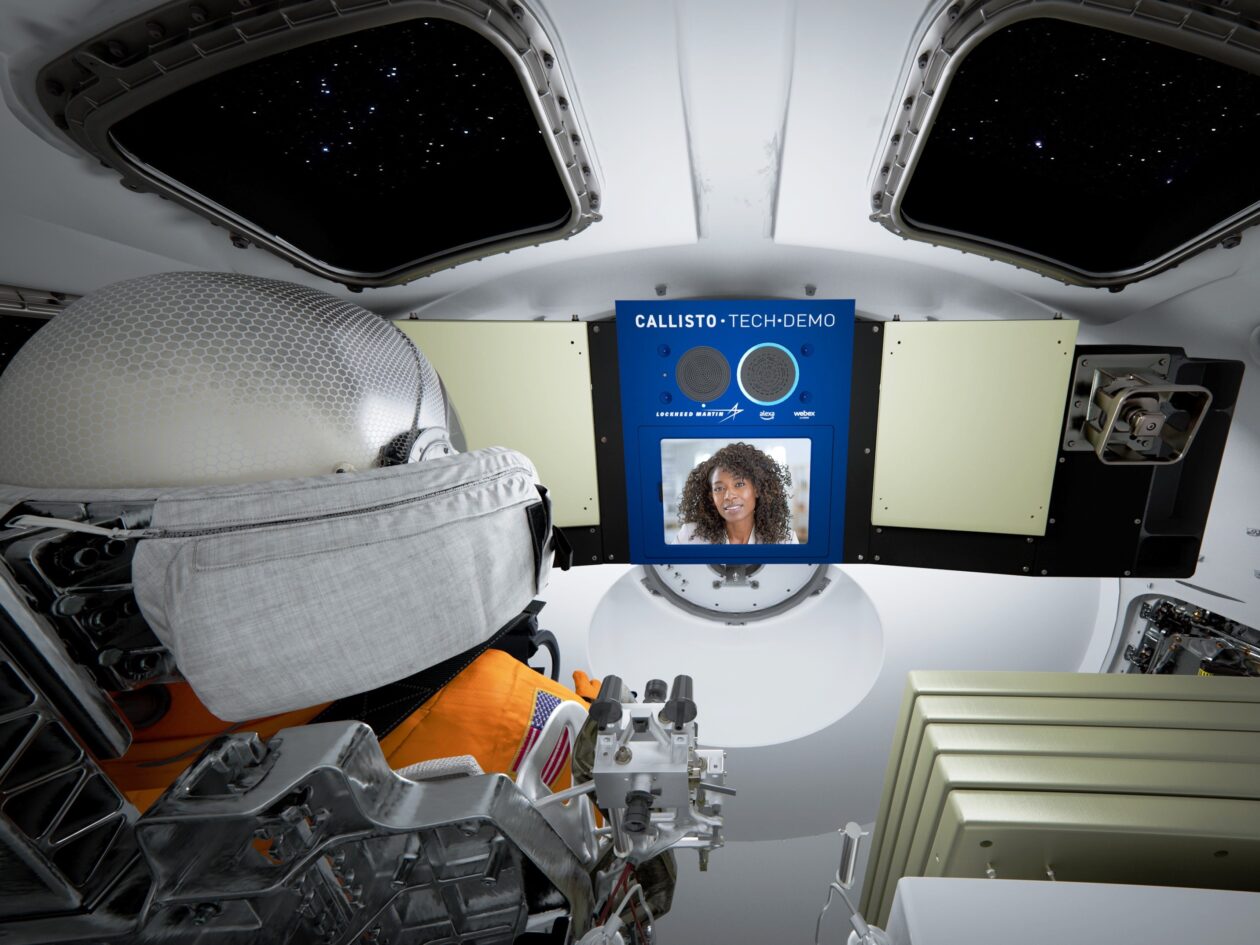Artemis I is now at the finish line — the Orion spacecraft is rapidly rushing towards Earth. On December 11, the mission will end with a soft landing in the Pacific Ocean. But why will the next Artemis II mission with astronauts on board take place no earlier than 2024? There are not very pleasant reasons for this.

In an interview with Ars Technica, NASA insiders explain that the long gap between Artemis I and II comes down to money. Financial problems began with a budget hole of USD 100 million eight years ago, which the contractor Lockheed Martin created by saving on on-board computers. This marked the beginning of a series of unfortunate events that caused a terrible delay.
Plans for Orion and SLS
Eight years ago, the Orion spacecraft and the mega rocket Space Launch System (SLS) were at the planning stage. At that time, the SLS was planned to be built and launched only once, with the entire mission scheduled for 2017. Subsequently, NASA decided to make a second launch of the SLS rocket with a more powerful engine, which would require modification not only of the rocket, but also updating the launch pad, which would take several years and more money.

To close the budget deficit, the designers of the Orion spacecraft decided to make on-board computers reusable. Of course, it would have taken two years to re-certify working computers, but then it was an acceptable period. As the former Orion project manager Mark Kirasich said, it was just a budget decision.
Snowball
The project, called Exploration Mission-1, included SLS and Orion. Subsequently, it began to face political pressure to close the gap between the first and second missions. In response, NASA officials decided that they should build a mobile launch tower to reduce the launch interval of the SLS. To do this, they hired the engineering company Bechtel, and USD 383 million was allocated for the work. This decision turned out to be disastrous — the contractor did not meet the deadline, the budget exceeded a billion dollars, and by the end of 2022, the mobile launch tower remains unfinished. According to NASA, Bechtel will finish the project no earlier than 2026.
While the mobile tower is not completed, NASA used the first tower to launch Artemis I. Moreover, it can also be used repeatedly. But at the start of the SLS, the damage to the site turned out to be much more serious than expected, and it would now take more time to eliminate them. It turns out that now the space agency does not have working launch pads for SLS.
Will Artemis II fly away in 2024?
As a result, all the disadvantages of the 8-year planning resulted in the fact that the start of the next mission to the Moon was postponed for two years. And this is at best. The launch pad should be restored, and the Orion onboard computers will immediately go through the long process of re-certification upon their return to Earth.
When Ars Technica asked the current head of the Orion project, Howard Hu, whether the computers would really be ready for launch in December 2024, which NASA optimistically planned, he replied diplomatically: “We have a lot of work ahead of us, but we will do our best to make it”.
Earlier we reported on how NASA additionally ordered three Orion capsules for the Artemis VI, VII and VIII missions.
Follow us on Twitter to get the most interesting space news in time
https://twitter.com/ust_magazine

